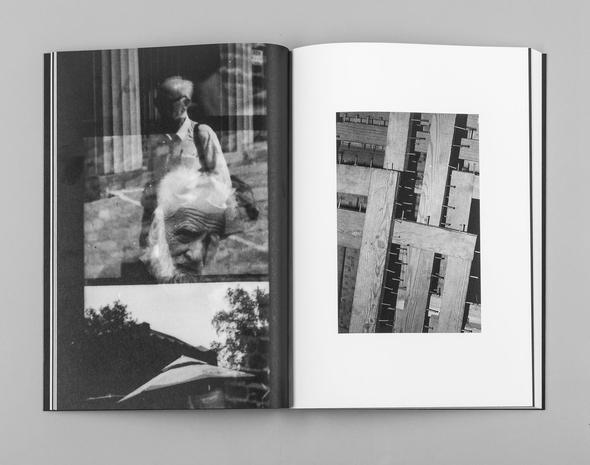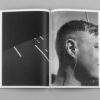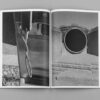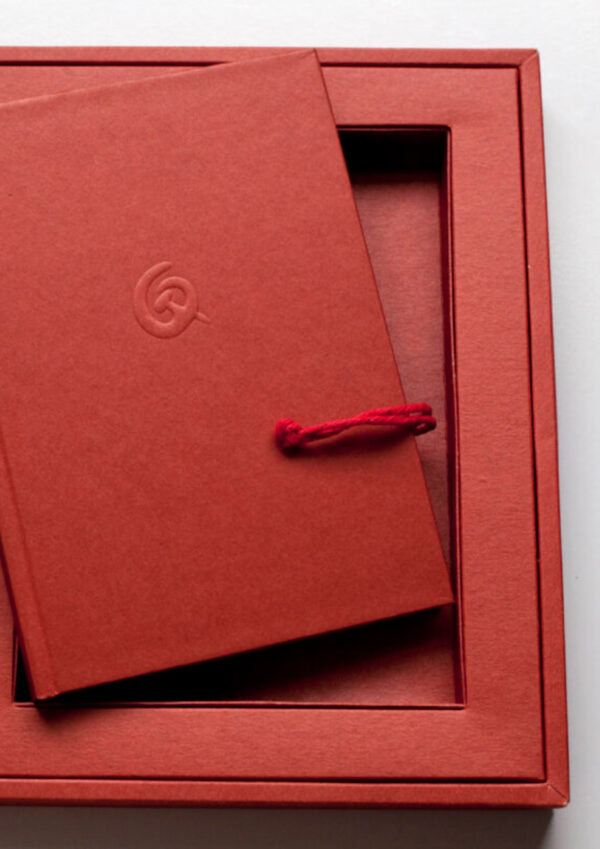The Castle – Federico Clavarino
Title: The Castle.
Publisher: Dalpine.
Author: Federico Clavarino.
Year of publication: 2016.
Design: Federico Clavarino & Tres Tipos Gráficos.
Pages: 160.
Size: 29.7 x 21 cm.
Edition of 850 copies.
ISBN 978-84-608-5359-6.
38.00€
Estamos trabajando en nuestra web, de momento no es posible comprar libros través de nuestra tienda online. Para cualquier consulta escríbenos a info@artslibris.cat
Puedes reservarlo en info@artslibris.cat
Something more than just a group of nations or the designation of a geographical area, Europe can be understood as an idea, or a set of ideas. The idea of Europe shapes and fuels the history of a considerable part of our planet, starting from ancient Greece and the Roman Empire on to the great colonial powers of the last few centuries. The aim of this series of photographs is to follow the traces these ideas have left upon the surface of things and people in post-WW2 Europe, as well as on the walls of its cities, in the galleries of the museums in which its history is conserved, and on the barriers that are raised to define and defend the borders of its territories.
The Castle is a building made with images and it consists of four parts. Its first chapter, “The Dead”, refers to its modern founding myth: the events that led to the contemporary European order. Chapter two, “The Organising Principles”, deals with the ideas of power and authority that are at the basis of European societies. Chapter three, “The Castle”, explores the resulting building by evidencing its elements of separation and control. Finally, the fourth and last chapter, “At Twilight”, is at the same time a prophecy and an exhortation.












